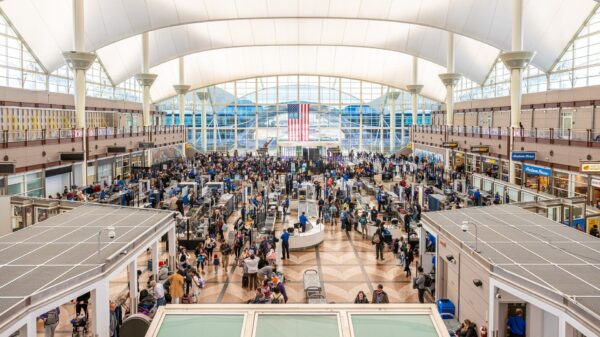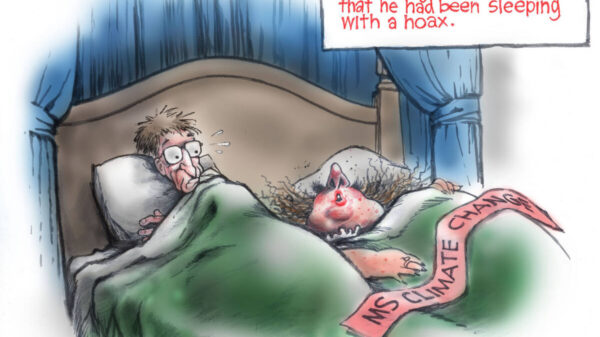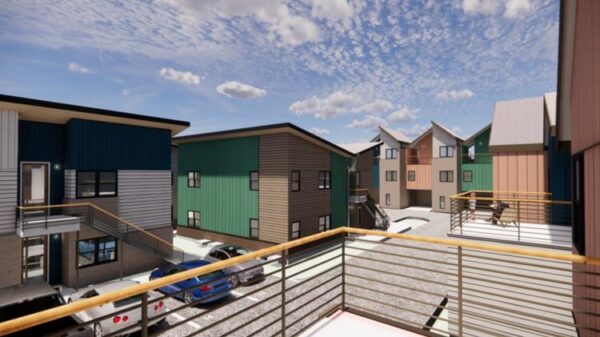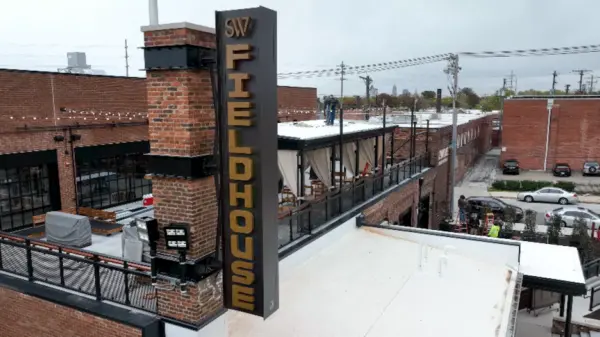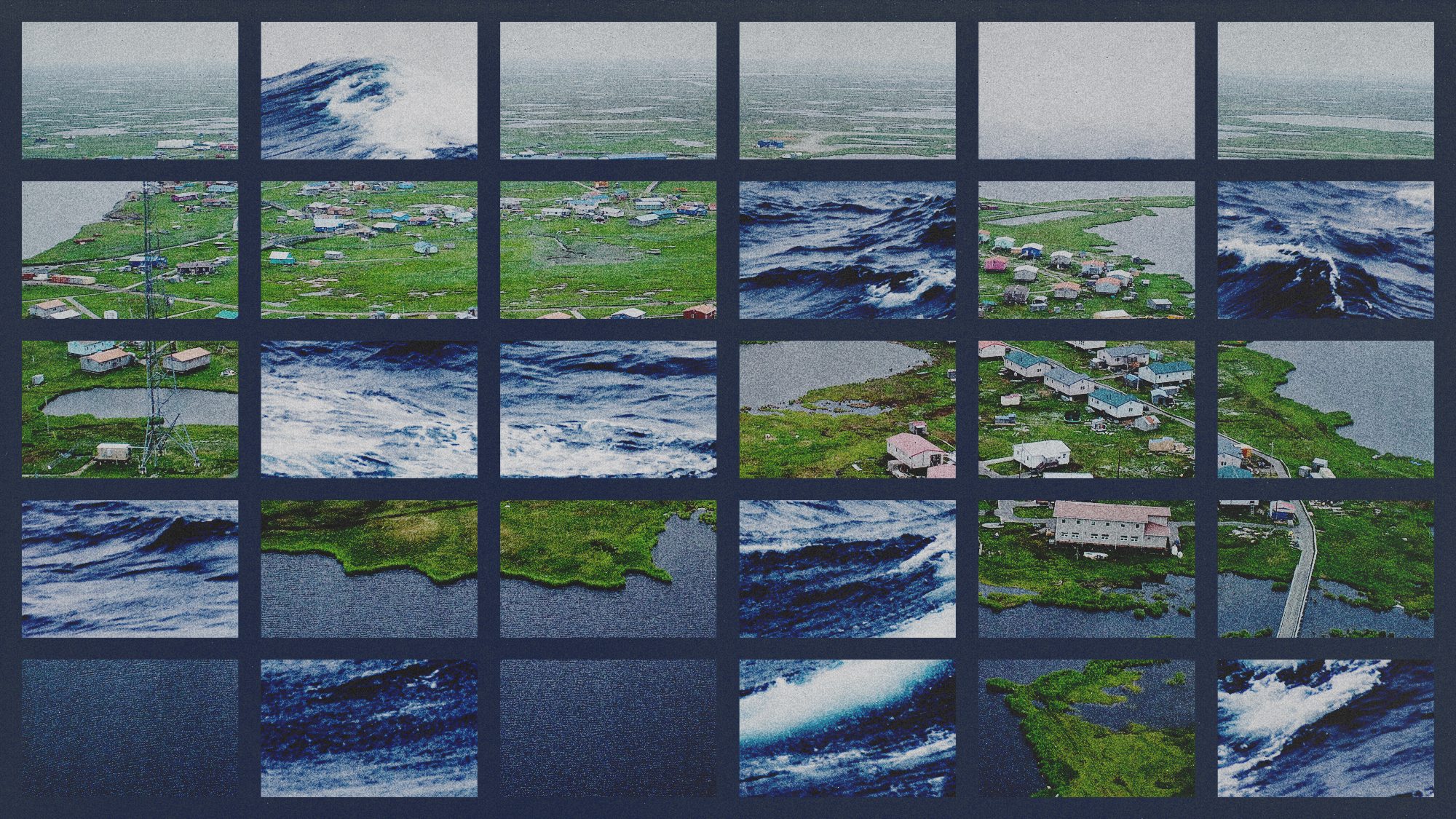Historic storms have wreaked havoc in Alaska’s Yukon-Kuskokwim Delta, leading to significant devastation and prompting mass evacuations from the region. The remnants of Typhoon Halong have resulted in at least one confirmed death and over 1,500 people displaced, as hurricane-force winds and high surf ravaged the southwestern part of the state.
Severe Damage in Affected Communities
The most affected areas include the communities of Kipnuk and Kwigillingok, where high winds and intense rainfall have caused extensive damage. Reports indicate that nearly every home in these villages has sustained damage, with some homes losing their foundations entirely. “It’s catastrophic in Kipnuk,” stated Mark Roberts, an incident commander with the state emergency management agency. “Let’s not paint any other picture.”
In the aftermath of the storm, many residents have been forced to seek shelter in local schools, facing challenging conditions such as non-functioning toilets and limited access to electricity and water. “The folks that were in houses that were floating and didn’t know where they were was one of the most tragic things our folks in the state [Emergency Operations Center] have ever faced,” Roberts remarked during a press conference on September 25, 2023.
As the situation unfolds, rescuers have transitioned from immediate search-and-rescue operations to stabilizing and restoring basic services. The remoteness of the Yukon-Kuskokwim Delta complicates relief efforts, necessitating one of the most significant airlifts in Alaska’s history to evacuate hundreds to safer locations.
Long-Term Risks and Climate Impact
According to Yale Climate Connections, communities like Kipnuk have been increasingly at risk for storm surge damage due to climate change. A 2022 report from the Alaska Institute for Justice highlighted rising flooding frequency and severity in the low-lying region, calling for urgent community relocation as a critical necessity.
The dangers faced by Kipnuk stem from rising global temperatures that have caused permafrost to thaw. Tom Ravens, a civil engineering professor at the University of Alaska-Anchorage, explained, “When you have permafrost, it’s like you’re dealing with concrete; you could take an ax to it. As the frost thaws, however, it becomes this gooey mess,” posing a risk of infrastructure collapse into the river during severe storms.
In response to the crisis, Gov. Mike Dunleavy, along with Senators Lisa Murkowski and Dan Sullivan, pledged to prioritize climate resilience and infrastructure funding for Alaska. They emphasized the importance of securing necessary federal support to address the ongoing challenges posed by climate change and its impact on vulnerable communities.








